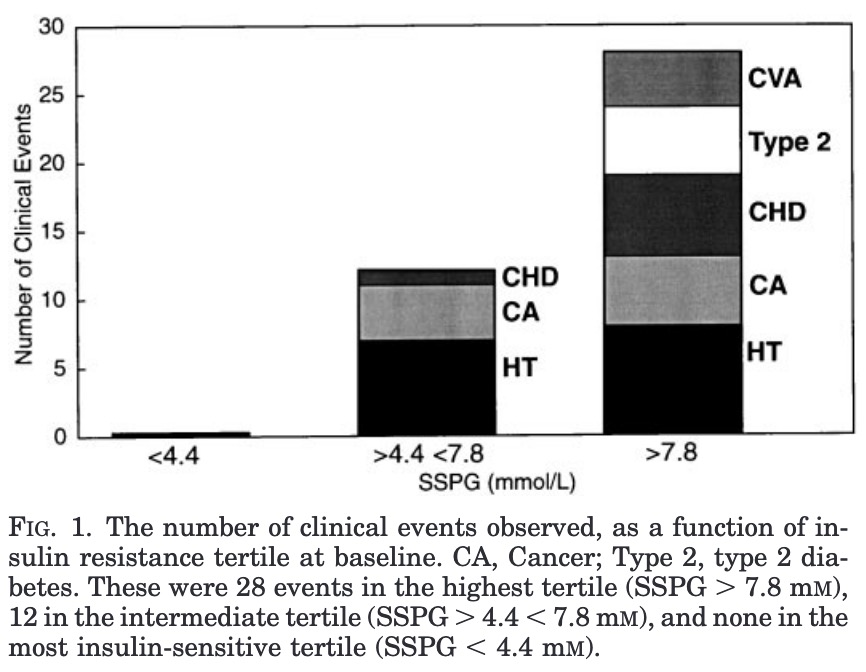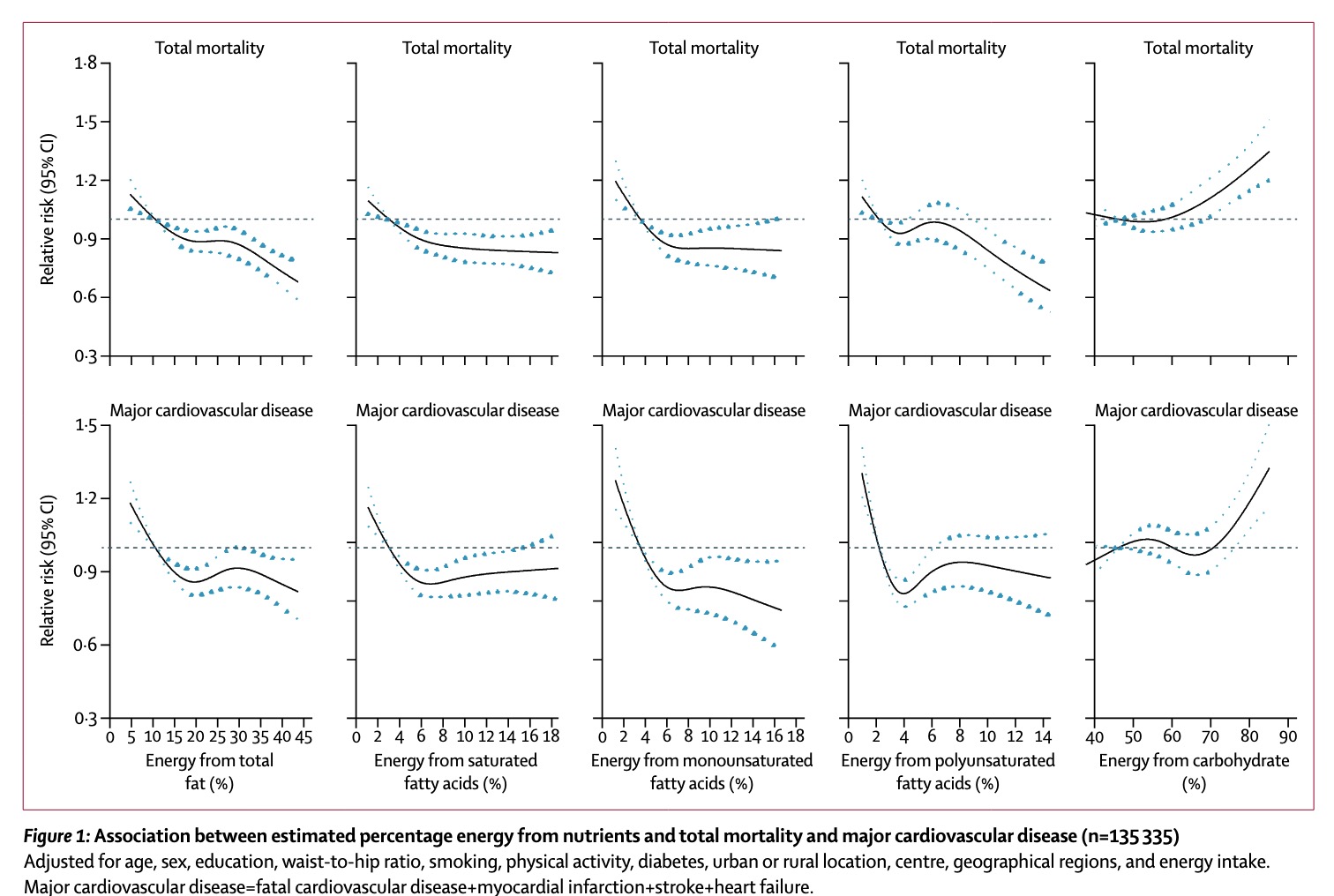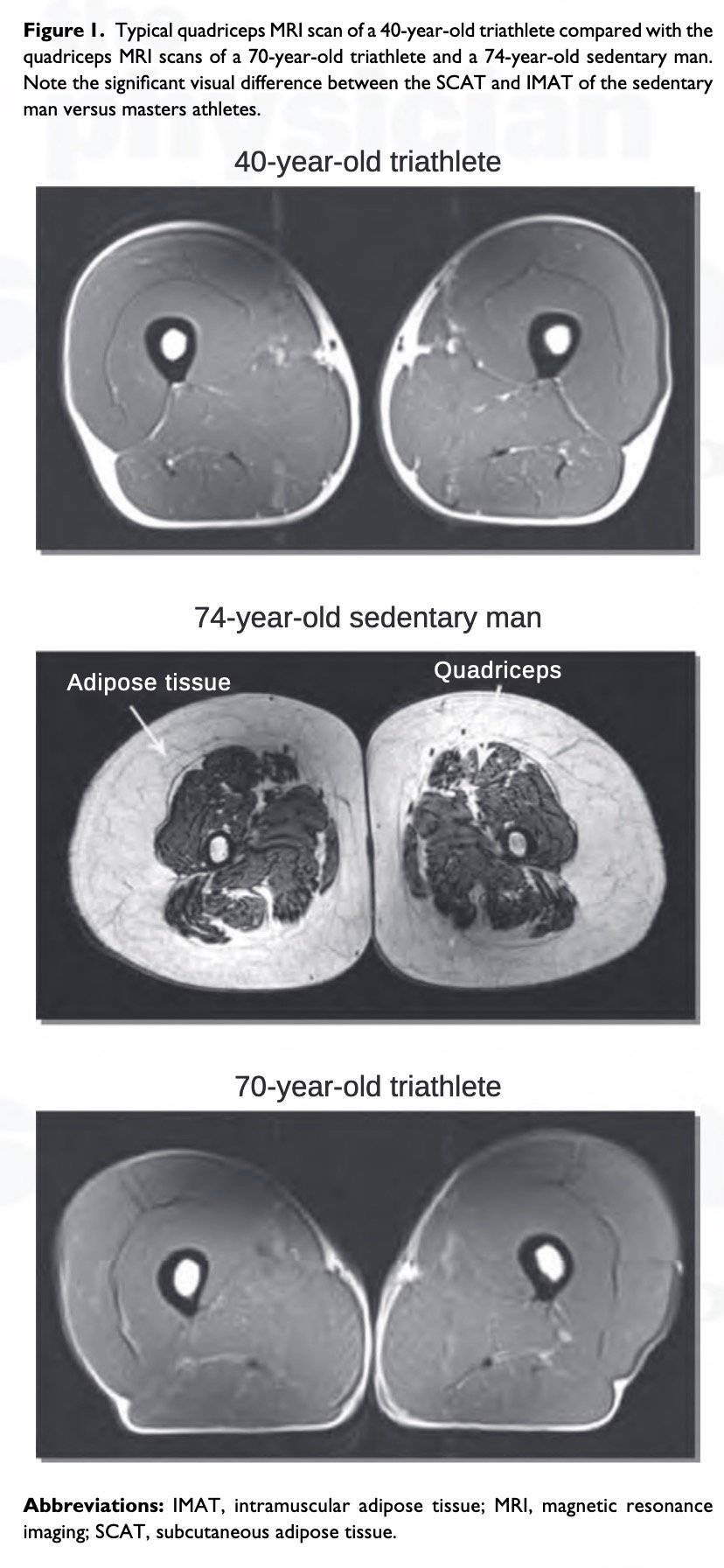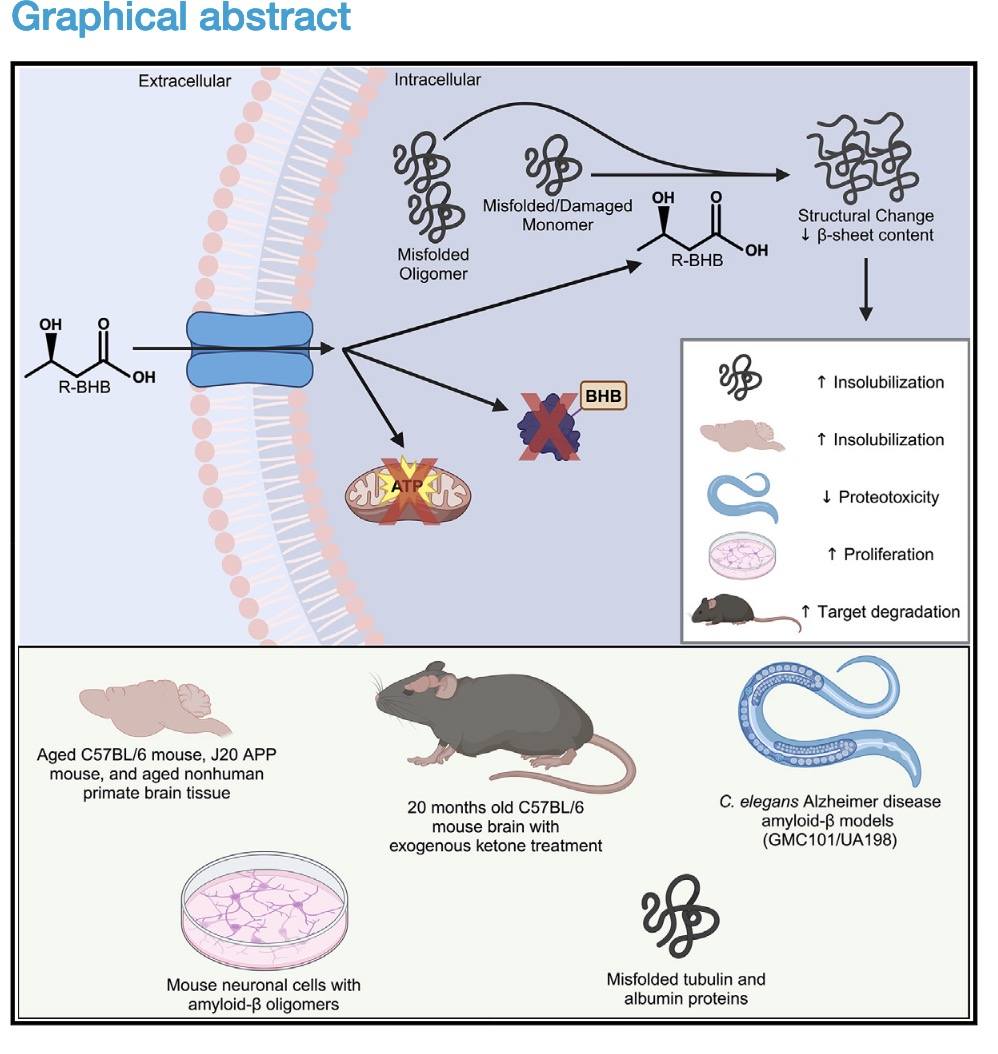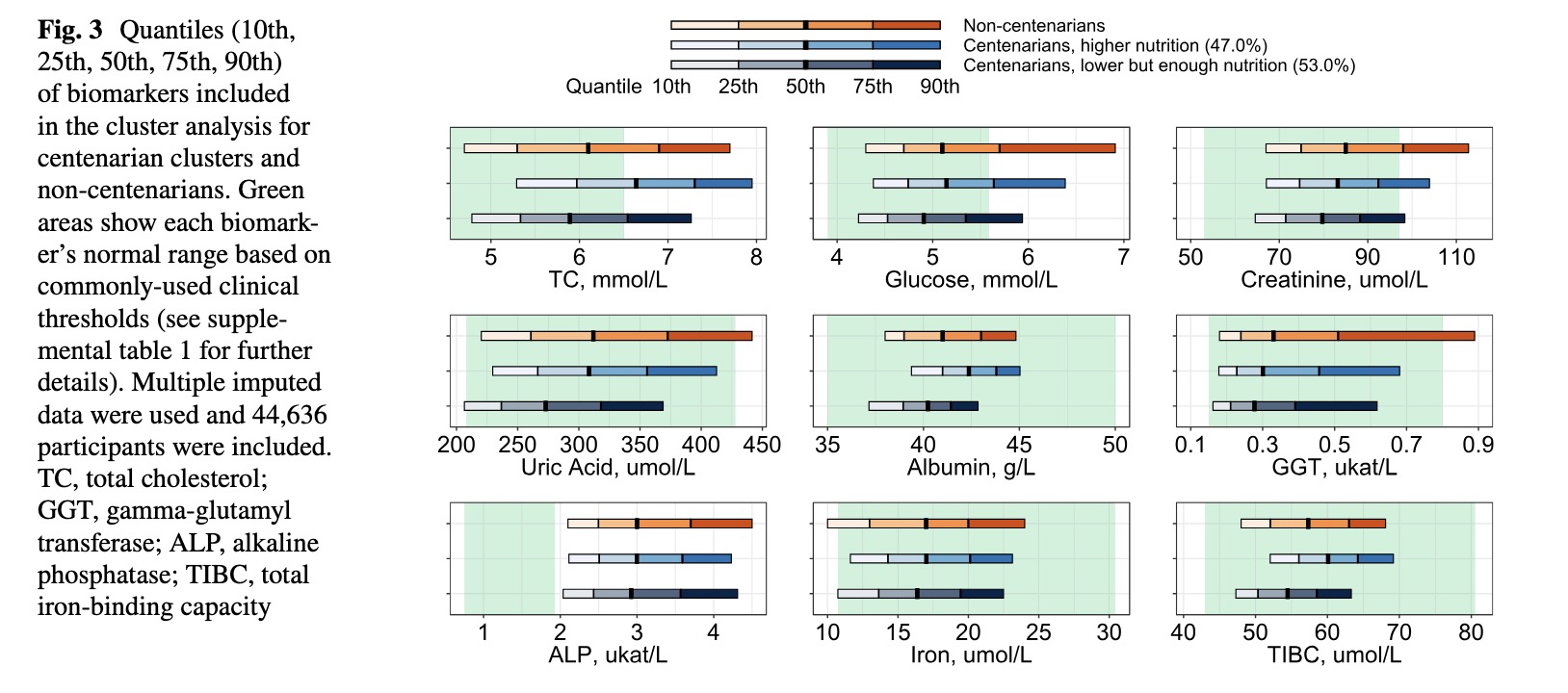Metabolic Health
51 readers
4 users here now
A place to discuss metabolic health research, papers, talks, etc.
This topic can touch upon many people's personal triggers, so please be civil.
- Be nice
- No fighting
- No trolling
The banner poster in high resolution can be found here
founded 2 months ago
MODERATORS
1
2
3
4
5
6
7
8
21
Paper - Chronic Exercise Preserves Lean Muscle Mass in Masters Athletes
(www.linsladephysiotherapy.co.uk)
9
10
11
12
8
Dietary fructose enhances tumour growth indirectly via interorgan lipid transfer - PubMed
(pubmed.ncbi.nlm.nih.gov)
13
15
16
17
18
19
21

